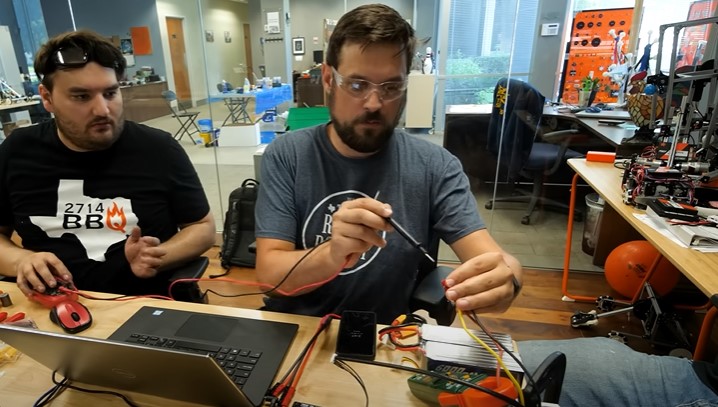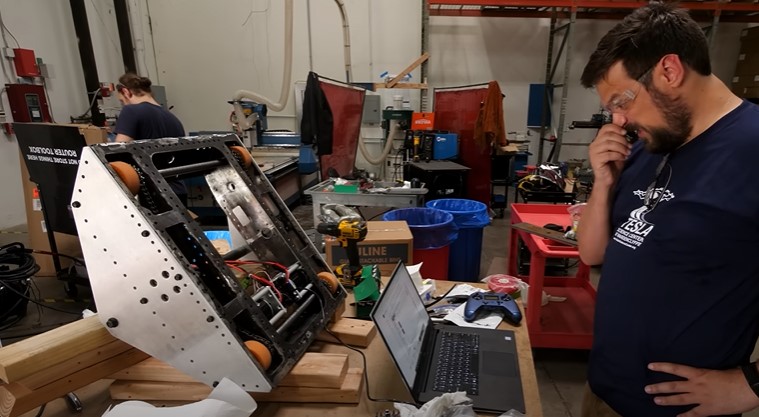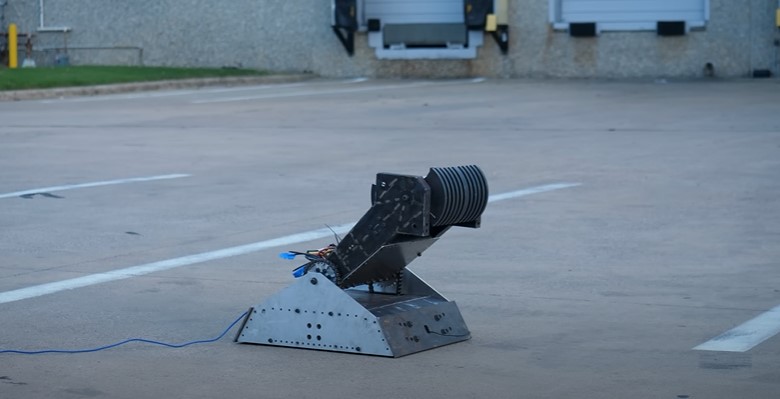Battlebots have taken the world by storm, captivating audiences with their destructive power and impressive engineering. But for those looking to build their own, one question looms large: how much does it cost? From designing and testing to sourcing materials and assembling the final product, building a battlebot can be a costly endeavor.
We will explore the various factors that can impact the cost of building a battlebot and provide an estimate of what you can expect to pay.
How Much Does It Cost to Build a Battlebot?
Building a Battlebot can be an expensive undertaking, with some of the top-end robots for televised competitions like BattleBots costing up to $50,000, including spare parts. HyperShock, one of the priciest machines in the competition, falls under this category. However, it’s worth noting that not all Battlebots are created equal, and the cost can vary depending on the level of sophistication and the materials used.
Despite the steep price tag, the competition’s grand prize of $10,000 makes it a worthwhile investment for many teams. In the arena, each robot must navigate around various traps while trying to disable the opposing robot, all while being controlled remotely by their creators in a series of three-minute matches.
What Are the Different Factors That Affect the Overall Cost of a Battlebot?
Building a Battlebot can be an exciting and rewarding project, but it’s also important to understand the different factors that can affect the overall cost. Here are some of the key factors to consider:

Design Complexity
The design of a Battlebot can have a significant impact on the cost of building it. A more complex design with advanced features and components will likely require more time, expertise, and materials, increasing the overall cost. On the other hand, a simpler design with fewer moving parts may be easier and cheaper to build.
Materials
The materials used to build a Battlebot can also have a big impact on cost. High-quality materials such as titanium and carbon fiber can be expensive, but they may be necessary to ensure the durability and performance of the robot. Cheaper materials may be an option, but they may not hold up well in battle and could ultimately result in a more expensive repair bill.
Electronics
The electronics used to control and power a Battlebot can also be a significant expense. High-quality motors, controllers, and batteries can be expensive but are necessary for a robot to perform at its best. In addition, specialized components such as sensors, cameras, and radios can add to the overall cost.
Testing and Iteration
Building a Battlebot is not a one-and-done process. Teams must continually test and refine their robot to ensure that it performs well in battle. This process can involve additional costs such as purchasing spare parts, travel expenses for attending competitions, and the cost of time spent iterating and improving the robot’s design.
Labor Costs
The time and expertise required to build a Battlebot can also add to the overall cost. Teams may need to hire engineers, welders, and other skilled professionals to assist in the build process. In addition, the time spent by team members themselves is a valuable resource that must be considered in calculating the overall cost.

Competition Fees
Participating in Battlebots competitions can also be a significant expense. In addition to travel and lodging expenses, teams must pay entry fees to participate in the competition. These fees can vary depending on the event and can add up quickly over the course of a season.
Sponsorship
Some Battlebots teams may be able to offset the cost of building and competing by securing sponsorships from companies or organizations. These sponsorships can provide financial support, as well as access to materials, equipment, and expertise that might otherwise be too expensive for the team to acquire on their own.
Can a Battlebot Use Guns?
When it comes to Battlebots, contestants have a range of options for weaponry, including projectile-based ones. However, these weapons come with some important limitations to ensure safety and fairness in the competition. Specifically, projectile weapons cannot use explosives and must be designed in a way that avoids damaging the arena.
Examples of acceptable projectile-based weapons include those powered by springs, catapults, or gas pressure. Before competing, contestants may need to demonstrate that their weapon will not cause damage to the arena’s Lexan exterior, which is a transparent polycarbonate material commonly used for bulletproof glass.

Conclusion
Building a Battlebot can be a costly endeavor, but the excitement and reward of competing in this popular sport can make it well worth the investment. By understanding the factors that can affect the overall cost and carefully planning and budgeting, teams can build a competitive robot without breaking the bank.

